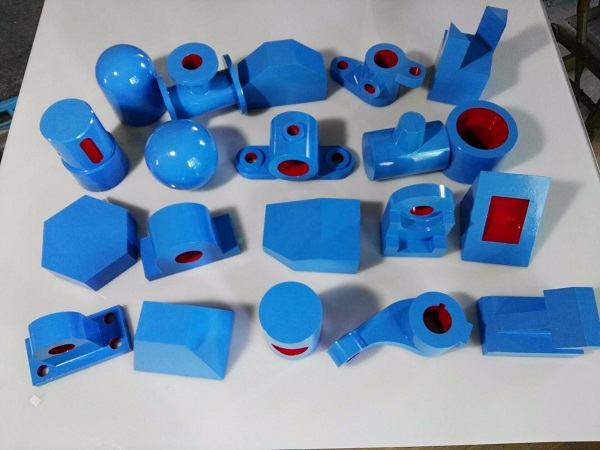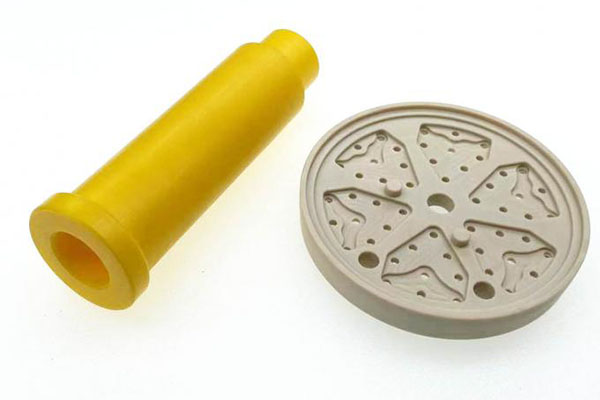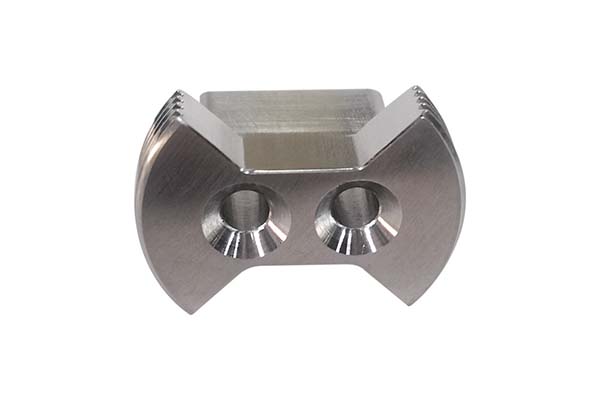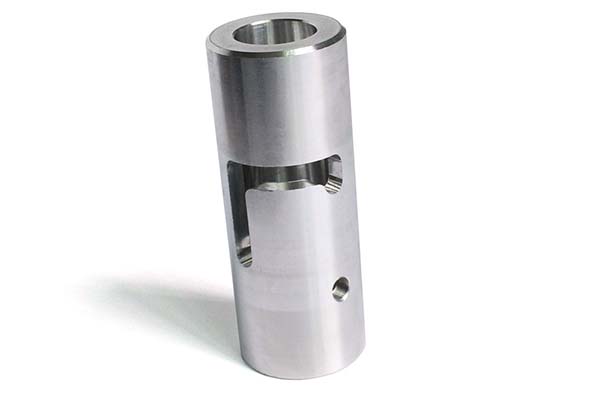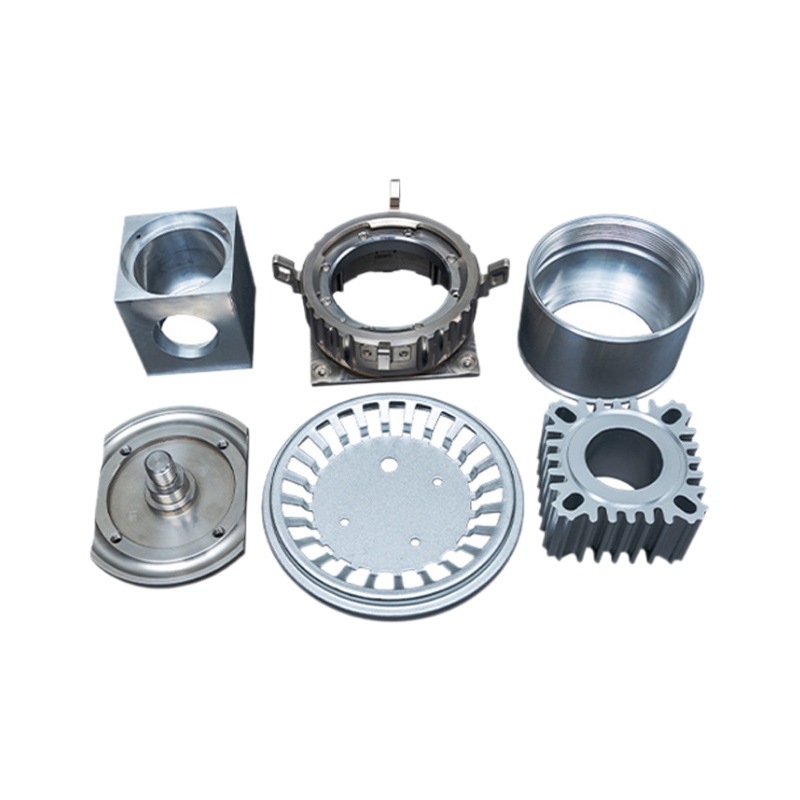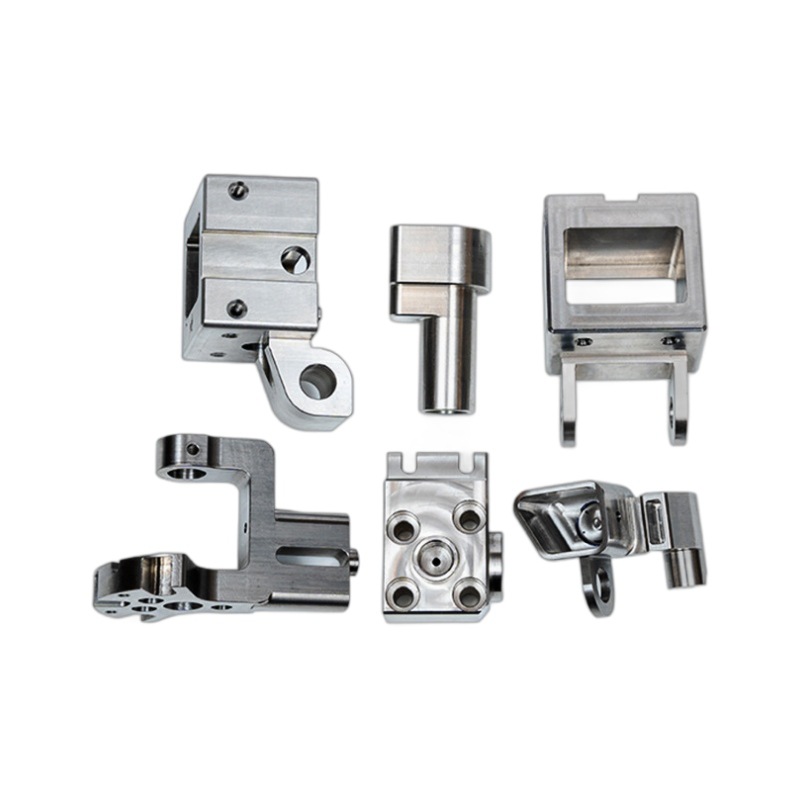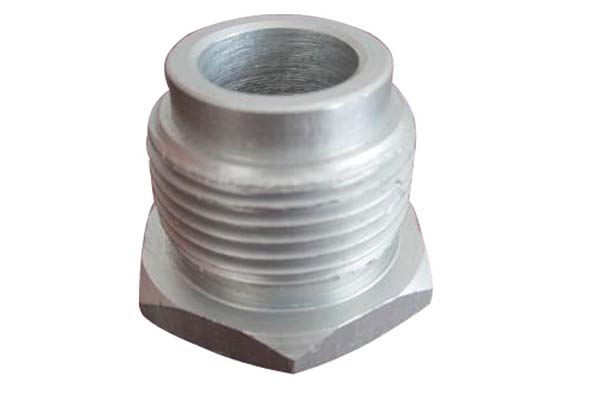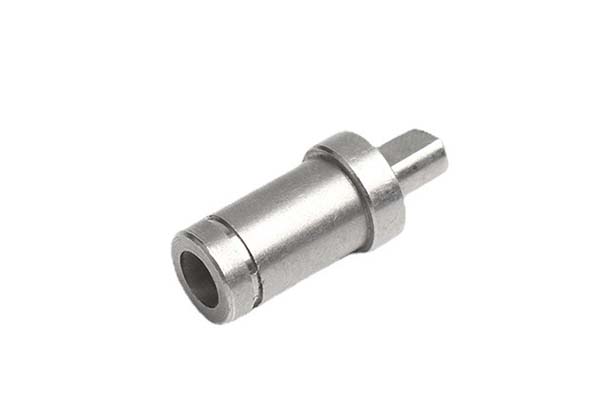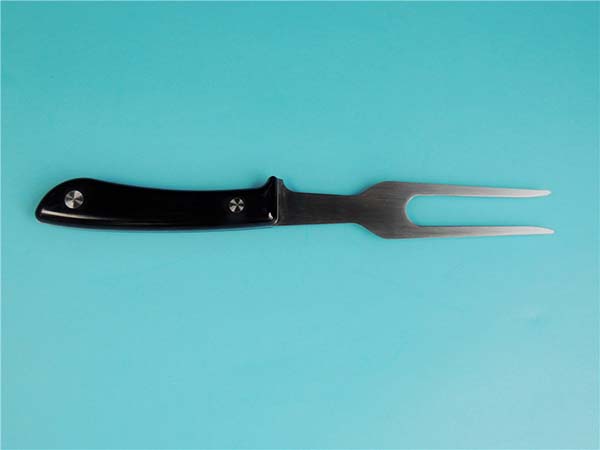Introduction
High-Performance Plastic has revolutionized manufacturing with its unique blend of strength, versatility, and resistance to harsh conditions. However, machining these materials comes with distinct challenges: excessive heat generation can cause warping, achieving tight tolerances is tricky due to thermal expansion, and chip formation often clogs tools. This article addresses these pain points by exploring the material characteristics of high-performance plastics, breaking down effective CNC machining processes, and highlighting their key applications, giving you the insights to achieve precision and reliability in your projects.
Material Characteristics of High-Performance Plastic
Mechanical and Thermal Properties
High-performance plastics, a subset of advanced polymers, boast impressive mechanical properties. Their tensile strength ranges from 50 to 150 MPa, compressive strength from 80 to 200 MPa, and flexural strength from 70 to 250 MPa, depending on the type. For example, PEEK (Polyetheretherketone) offers a tensile strength of 90 MPa, while PPS (Polyphenylene Sulfide) reaches 85 MPa. These plastics also exhibit excellent impact resistance, with some grades (like UHMWPE) absorbing shocks without breaking.
In terms of thermal properties, they excel in high-temperature environments. Many can withstand continuous use at 150–260°C (e.g., PEEK up to 260°C), far exceeding the limits of standard plastics. Their thermal conductivity is low (0.2–0.5 W/(m·K)), making them ideal for electrical insulation. However, thermal expansion rates are higher than metals, ranging from 20 to 100 μm/(m·°C), which demands careful machining to maintain dimensional stability.
Chemical and Wear Resistance
One of the biggest advantages of high-performance plastics is their chemical resistance. They resist acids, bases, solvents, and oils, outperforming metals in corrosive environments. For instance, PTFE (Teflon) is inert to almost all chemicals, while PVDF (Polyvinylidene Fluoride) withstands harsh industrial fluids. This, combined with corrosion resistance, makes them perfect for chemical processing and medical devices.
They also offer exceptional wear resistance. Materials like PEEK and UHMWPE (Ultra-High-Molecular-Weight Polyethylene) have low friction coefficients, reducing abrasion in moving parts such as bearings and gears. Their hardness varies—from soft (UHMWPE) to rigid (PEEK)—allowing selection based on application needs.
Other Key Characteristics
High-performance plastics have low specific gravity (1.1–1.5 g/cm³), making them lighter than metals, a boon for lightweight structures in aerospace and automotive industries. Many grades offer flame retardancy (e.g., FR-PEEK), meeting safety standards in electronics and aerospace. Their electrical insulation properties are superior, with high dielectric strength, making them essential for electrical components.
CNC Machining Process for High-Performance Plastic
Tool Selection and Machining Parameters
Tool selection is critical for CNC machining high-performance plastics. Carbide tools with sharp, polished edges prevent melting and reduce chip formation. For abrasive plastics like filled PEEK, diamond-coated tools minimize tool wear.
Spindle speeds vary by material: 5,000–15,000 rpm for rigid plastics (PEEK), and 3,000–8,000 rpm for softer ones (UHMWPE). Feed rates range from 0.1 to 0.5 mm/rev, with depth of cut kept shallow (0.5–2 mm) to avoid heat buildup. High-speed machining is possible but requires careful monitoring to prevent thermal distortion.
Coolant, Heat Management, and Tool Path
Unlike metals, high-performance plastics often require minimal coolant—compressed air or light oils suffice to dissipate heat and clear chips. Excessive coolant can cause swelling in hygroscopic plastics like Nylon. Heat dissipation is critical: slow, steady cutting reduces heat generation, preserving dimensional accuracy.
Optimizing the tool path is key. Climb milling reduces friction, while avoiding sharp turns minimizes chatter. A layered strategy (roughing → finishing) ensures surface finish (Ra 0.8–3.2 μm) and tight tolerances (±0.01–0.05 mm). For example, machining PEEK with a 10,000 rpm spindle speed, 0.2 mm/rev feed rate, and 1 mm depth of cut yields precise results.
Overcoming Machinability Challenges
Machinability varies: PEEK is rigid and machines well, while UHMWPE is gummy and prone to chip adhesion. To address this, using anti-stick coatings on tools and proper lubrication (for sticky plastics) improves chip flow. Material removal rate is lower than metals but faster than standard plastics, balancing efficiency with precision. Monitoring tool wear is vital—dull tools cause melting and poor surface finish.
Applications of High-Performance Plastic
Aerospace and Automotive Industries
In the aerospace industry, high-performance plastics make aircraft components like valve seats, cable insulation, and structural parts. Their low weight reduces fuel consumption, while heat and chemical resistance withstands extreme flight conditions. PEEK and PPS are used in engine compartments for their thermal stability.
The automotive industry uses them for transmission components, fuel system parts, and electrical insulators. Lightweight and corrosion-resistant, they reduce vehicle weight and extend part life. For example, PEEK bearings replace metal in transmissions, lowering friction and maintenance.
Electronics and Medical Devices
In the electronics industry, these plastics are essential for electrical components, enclosures, and insulators. Their electrical insulation and flame retardancy protect circuits in smartphones, computers, and industrial equipment. PTFE and PVDF are used in high-voltage applications for their dielectric properties.
Medical devices rely on high-performance plastics for their biocompatibility. PEEK is used in medical implants (e.g., spinal cages) due to its strength and compatibility with the human body. PTFE and HDPE (High-Density Polyethylene) are used in surgical tools and fluid handling systems, thanks to chemical resistance and sterility.
Industrial and Consumer Applications
In industrial equipment, they manufacture pumps, valves, and conveyor parts for chemical processing, where metal would corrode. Food processing uses FDA-approved grades (e.g., UHMWPE) for conveyors and chutes, as they resist bacteria and are easy to clean.
Consumer goods benefit too: sports equipment (e.g., ski bindings with PEEK) and kitchen appliances (PTFE-coated parts) leverage their durability. Prototyping with high-performance plastics allows testing of parts before full-scale production, saving time and cost.
Yigu Technology's Perspective
At Yigu Technology, we specialize in CNC machining high-performance plastics, leveraging our expertise in tool selection and process optimization to tackle their unique challenges. We ensure tight tolerances and superior surface finish, whether for aerospace components or medical devices. Our focus on material-specific strategies—like managing thermal expansion in PEEK or chip control in UHMWPE—makes us a trusted partner for precision plastic parts.
FAQ
- What makes high-performance plastics better than metals in some applications?
- They offer lighter weight, superior chemical and corrosion resistance, better electrical insulation, and lower friction, reducing wear and extending part life in harsh environments.
- How do you prevent thermal expansion from affecting dimensional accuracy?
- Use slow cutting speeds, minimal depth of cut, and coolant/air to control heat. Pre-machining stress relief and precise tool paths also help maintain tolerances.
- Which high-performance plastic is best for high-temperature applications?
- PEEK is ideal, withstanding continuous use up to 260°C, followed by PPS (200°C) and PI (Polyimide) for even higher temps (300°C+).
